Comprehensive Guide to Smart Home Setup for Beginners
The concept of a smart home has transitioned from a futuristic dream to a modern-day reality, accessible to homeowners across the globe. With smart devices becoming more affordable and user-friendly, setting up a smart home is easier than ever, even for beginners. This guide will provide you with a step-by-step tutorial on how to transform your house into a smart home, enhancing convenience, security, and energy efficiency.
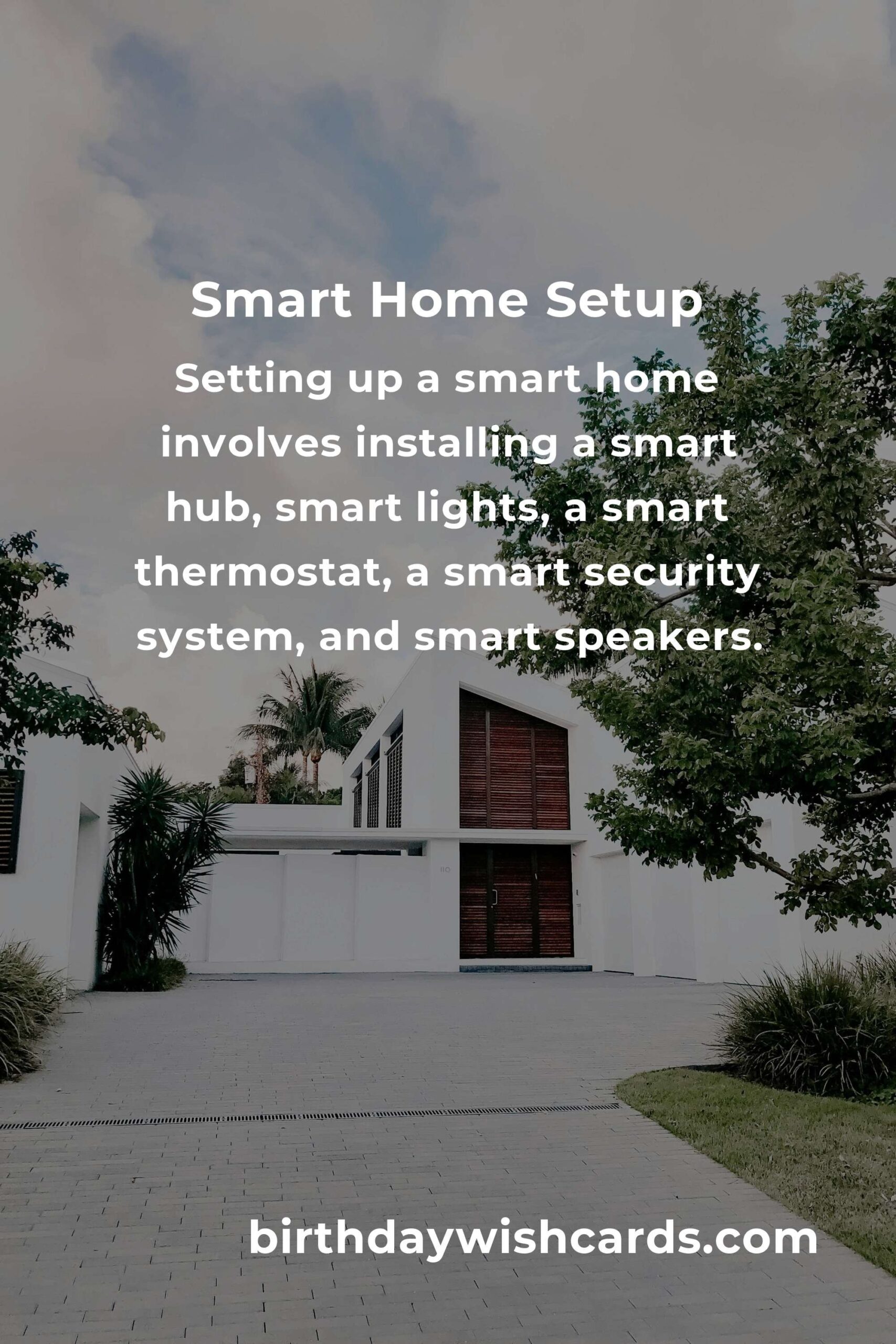
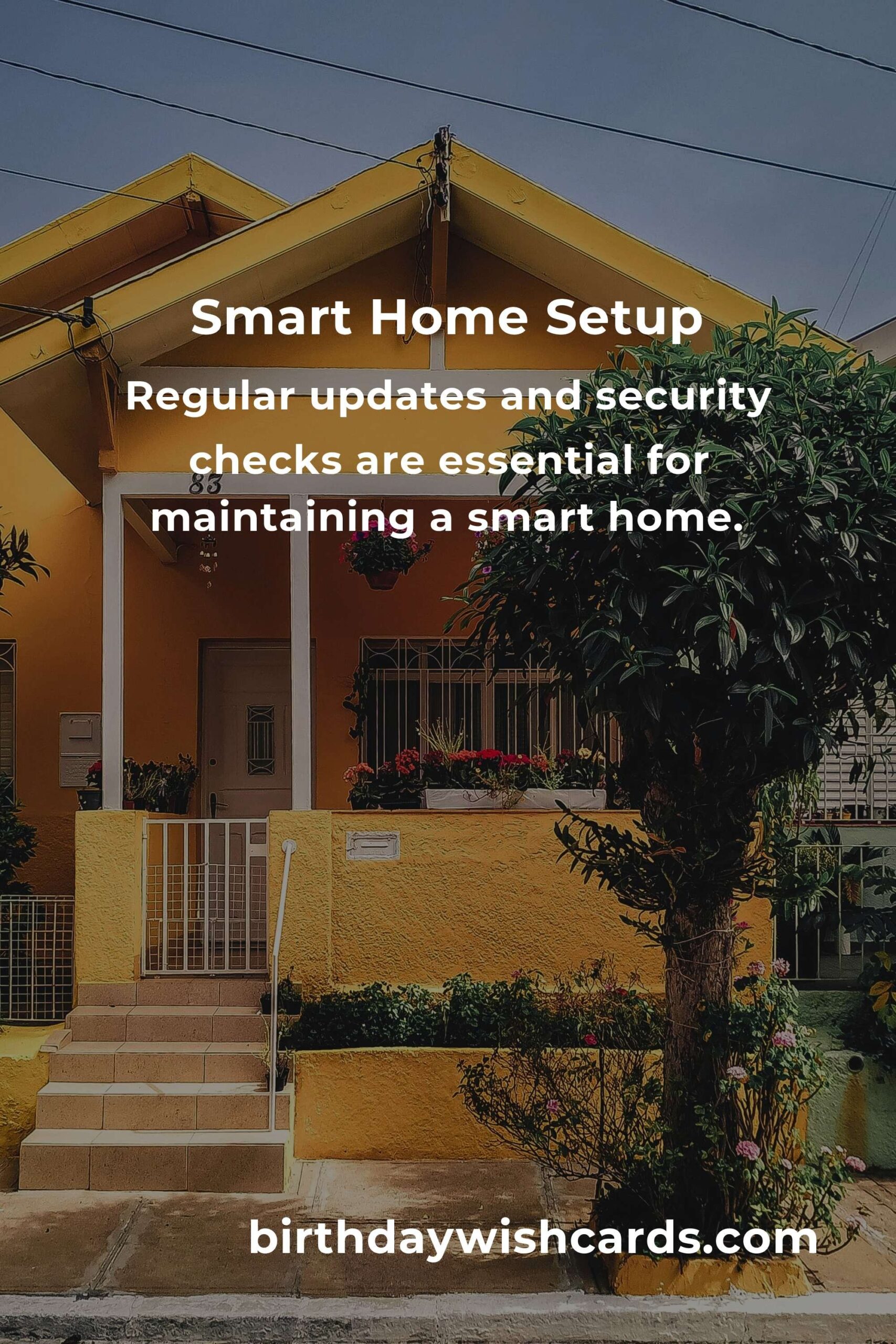
Understanding Smart Home Technology
Before diving into the setup process, it’s crucial to understand what smart home technology entails. At its core, a smart home utilizes internet-connected devices to manage and monitor various home systems and functions remotely. These systems can include lighting, heating, security, and entertainment, all controlled via a smartphone app or voice command.
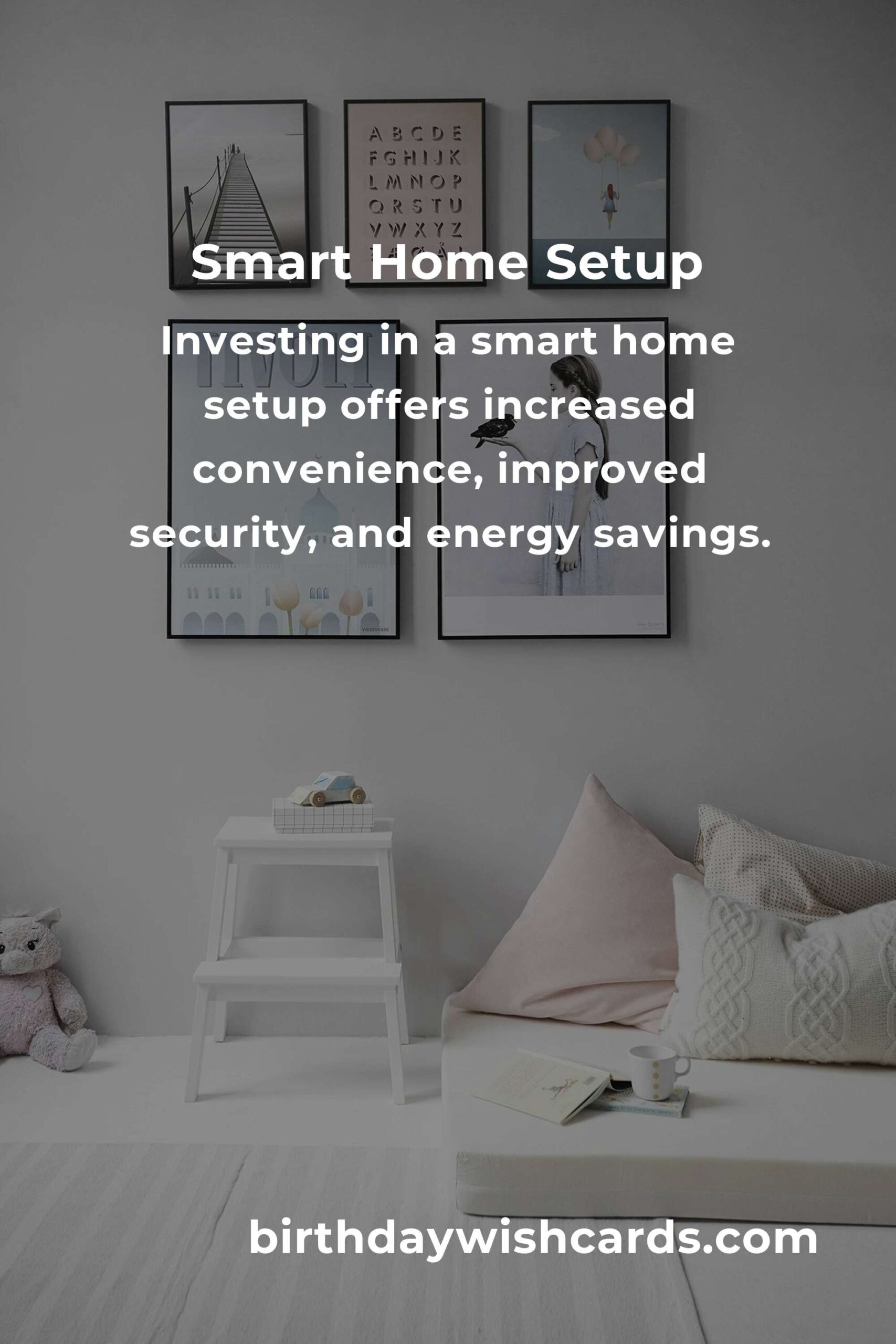
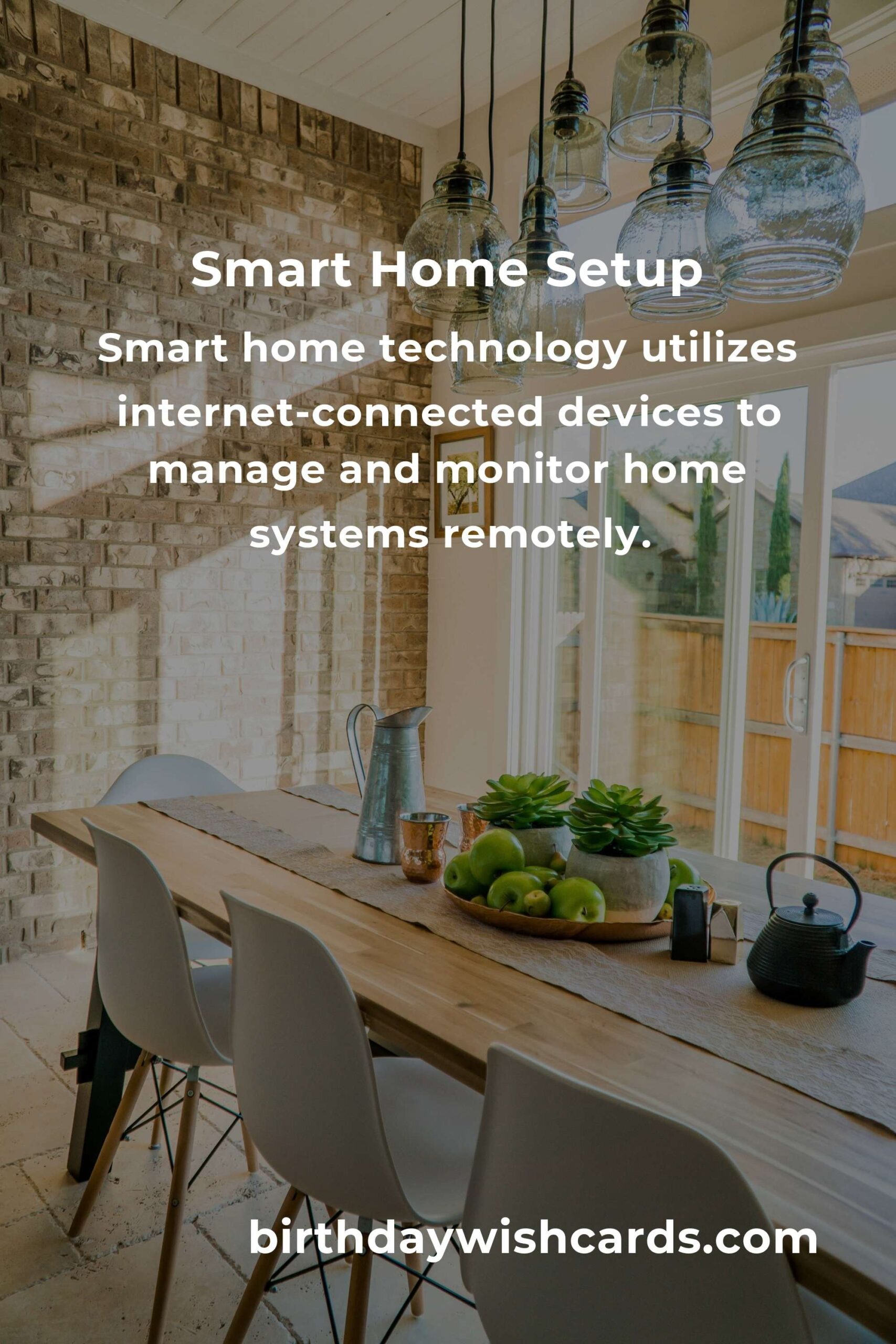
Essential Components of a Smart Home
To set up a smart home, you will need several key components:
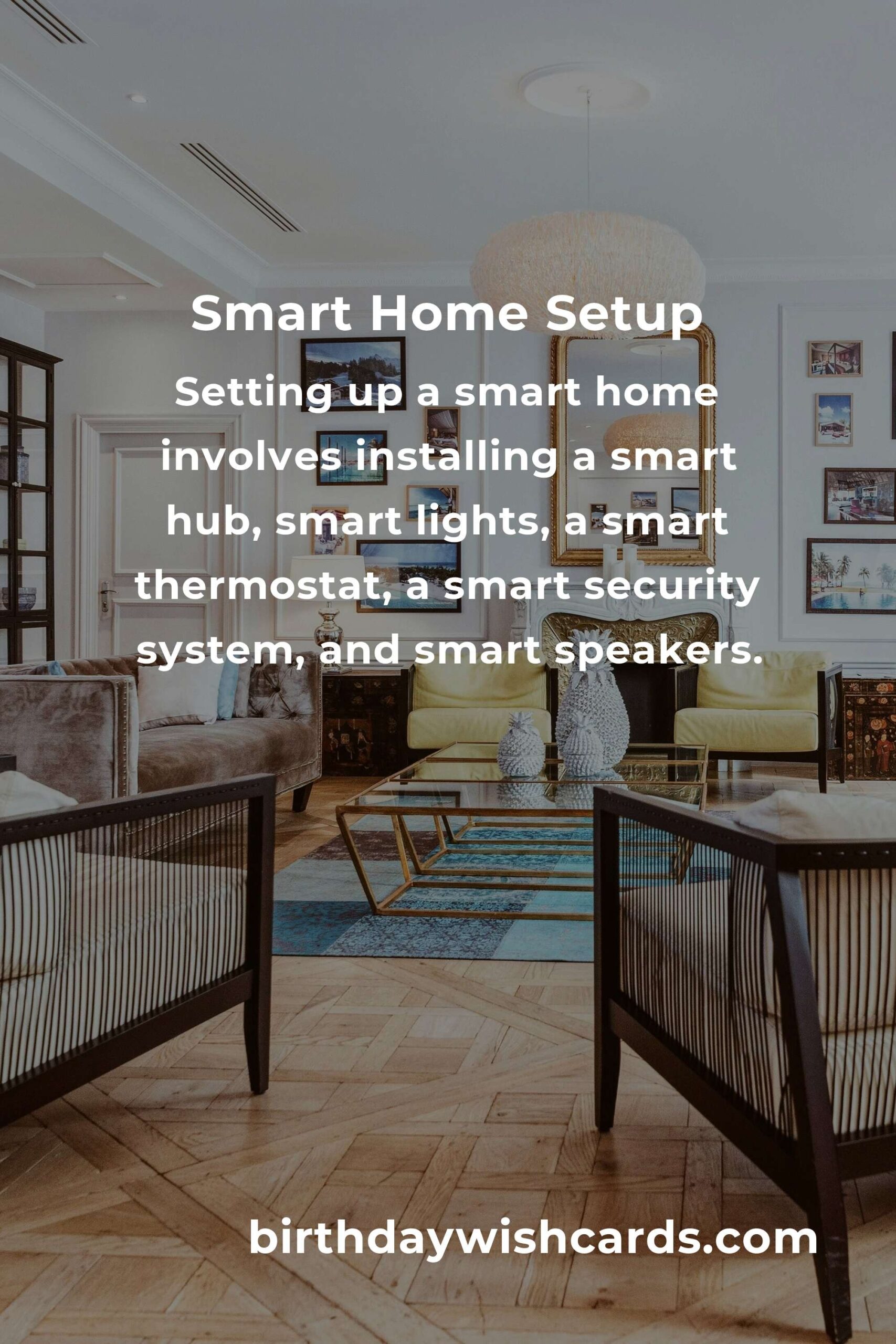
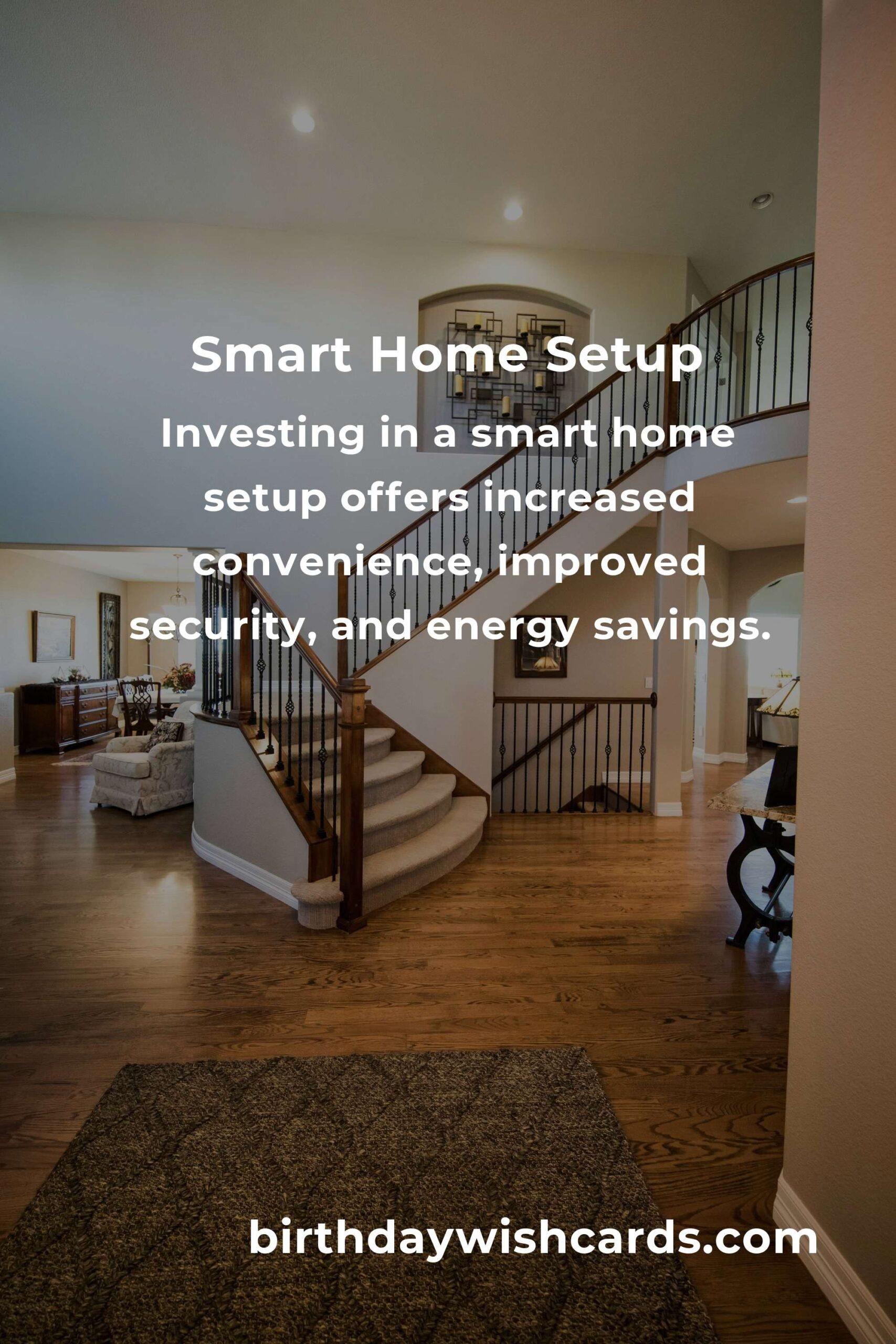
- Smart Hub: The central system that connects all your smart devices and allows them to communicate with one another.
- Smart Lights: Light bulbs that can be controlled remotely to adjust brightness and color.
- Smart Thermostat: A programmable thermostat that optimizes heating and cooling for energy efficiency.
- Smart Security System: Cameras and sensors that provide remote access and notifications for home security.
- Smart Speakers: Devices that use voice assistants like Alexa or Google Assistant for hands-free control.
Choosing the Right Smart Home Platform
Your first decision when setting up a smart home is selecting a platform that suits your needs. The most popular platforms include Amazon Alexa, Google Assistant, and Apple HomeKit. Consider factors like device compatibility, ease of use, and your existing ecosystem of devices when making your choice.
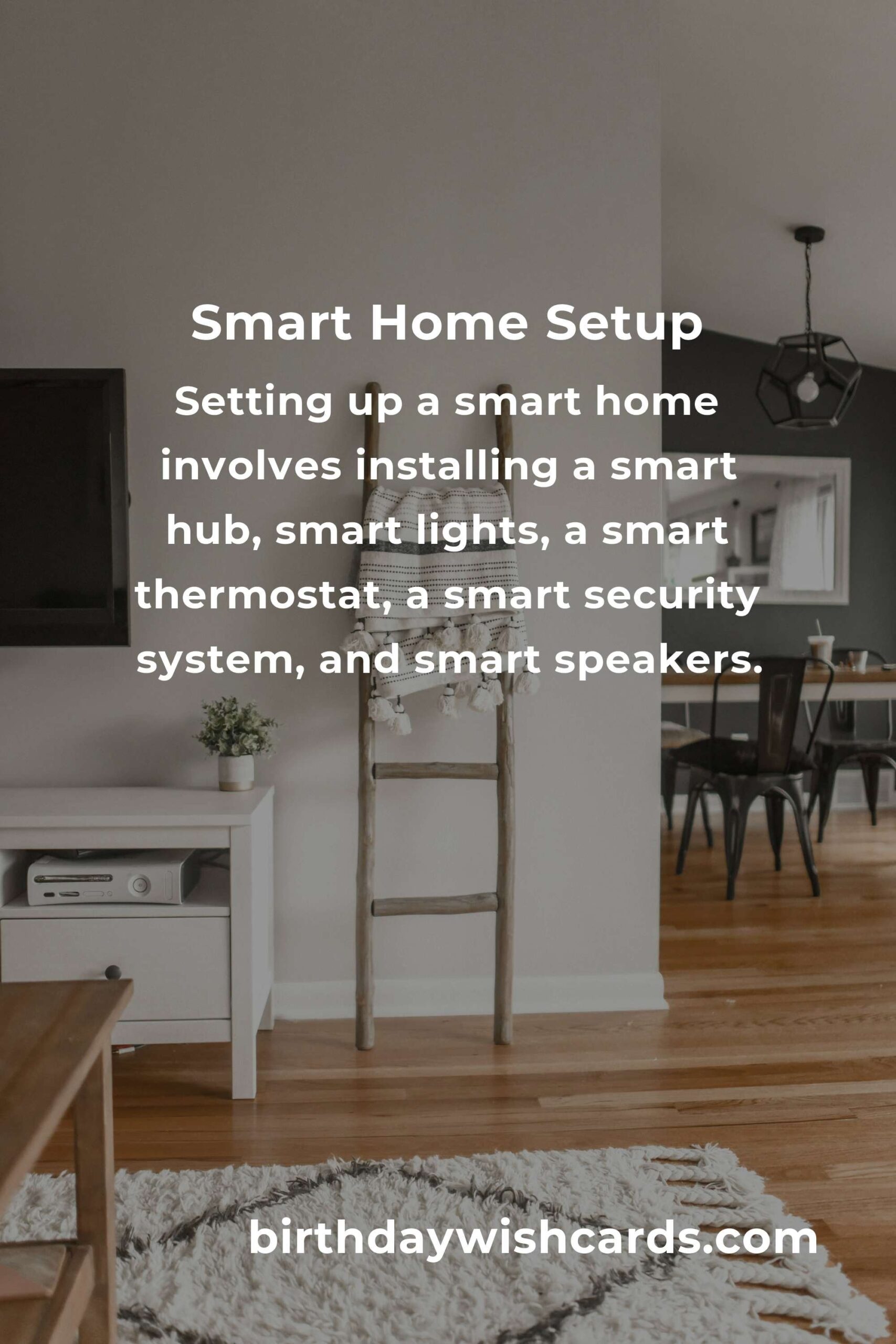
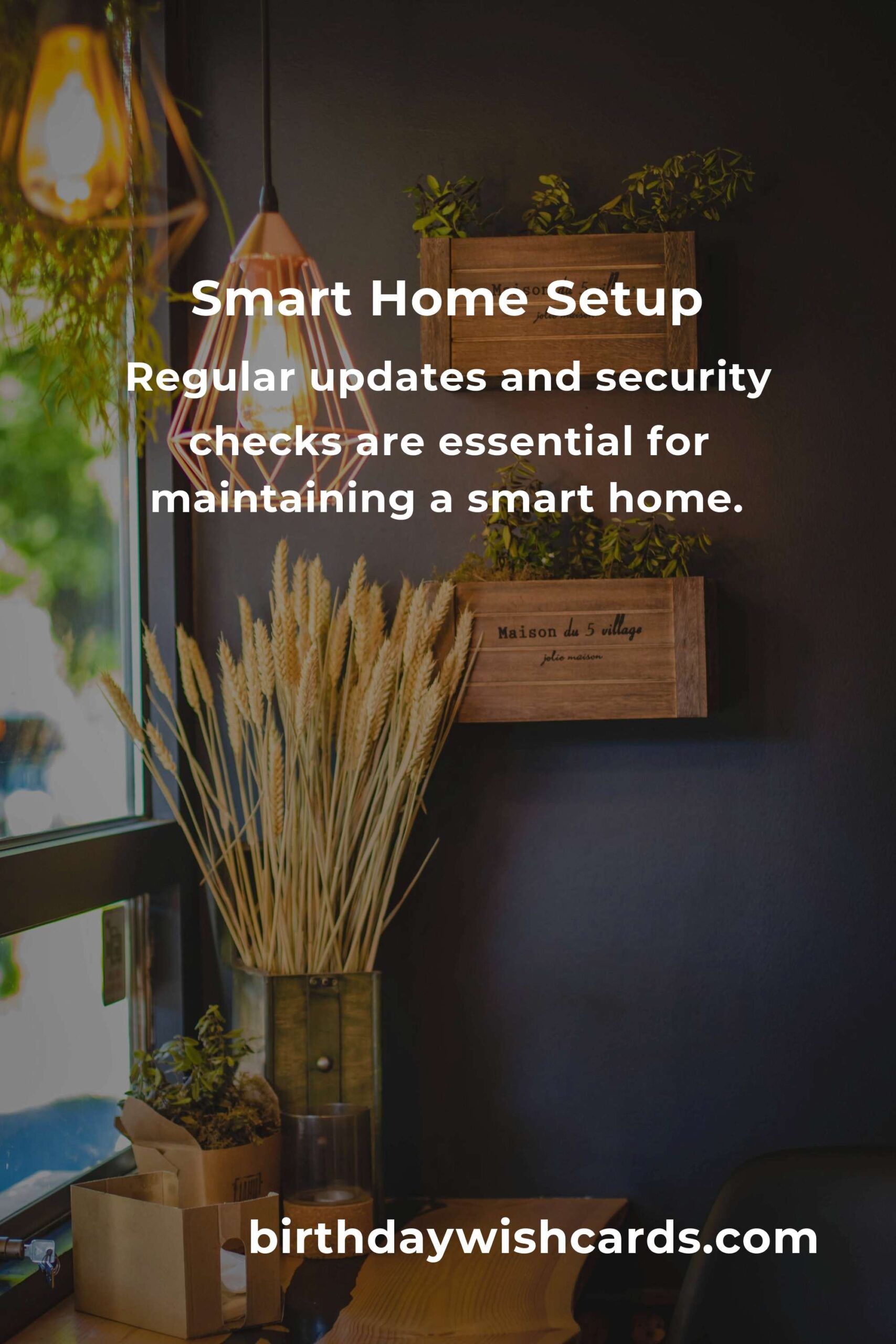
Step-by-Step Smart Home Setup
Follow these steps to set up your smart home:
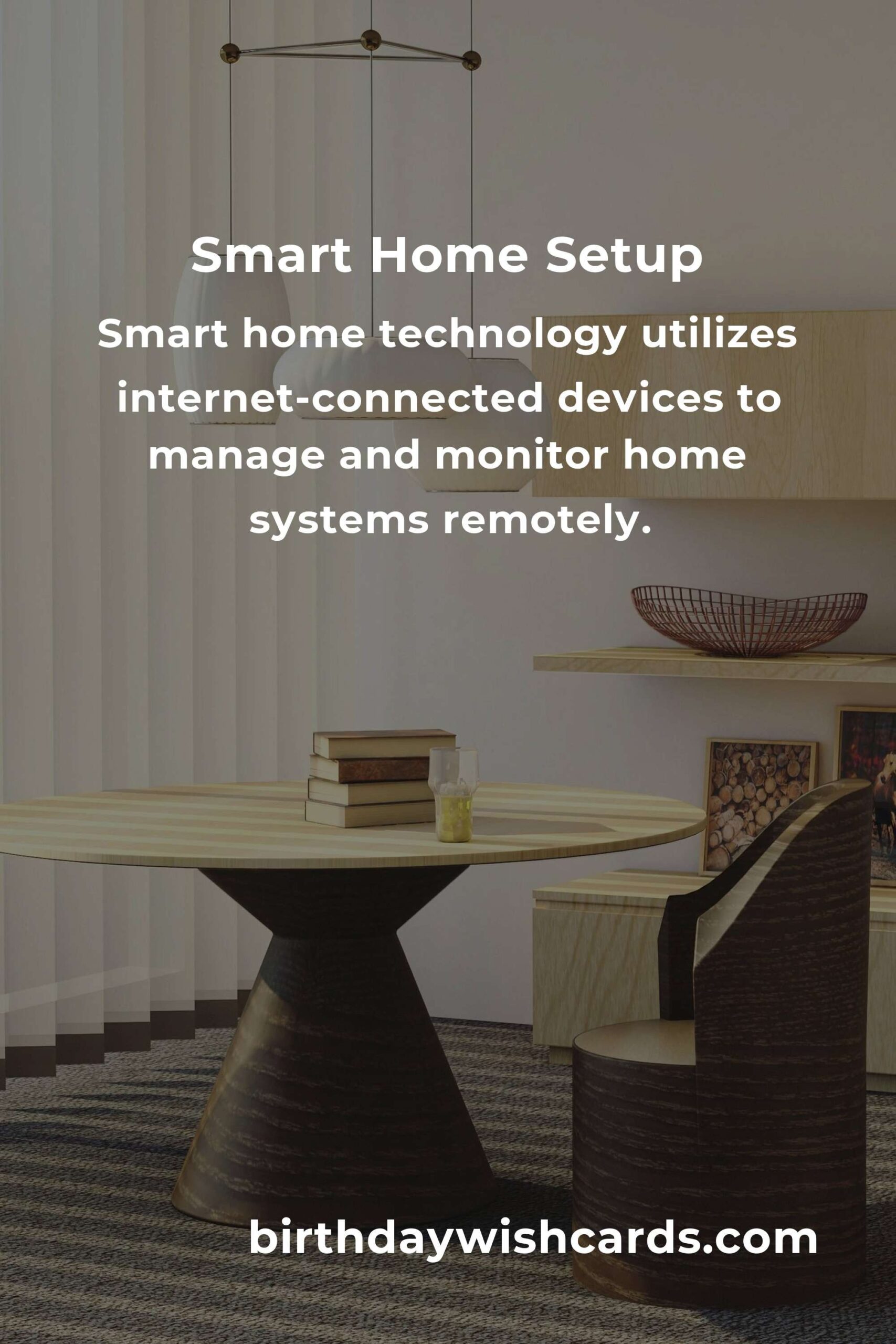
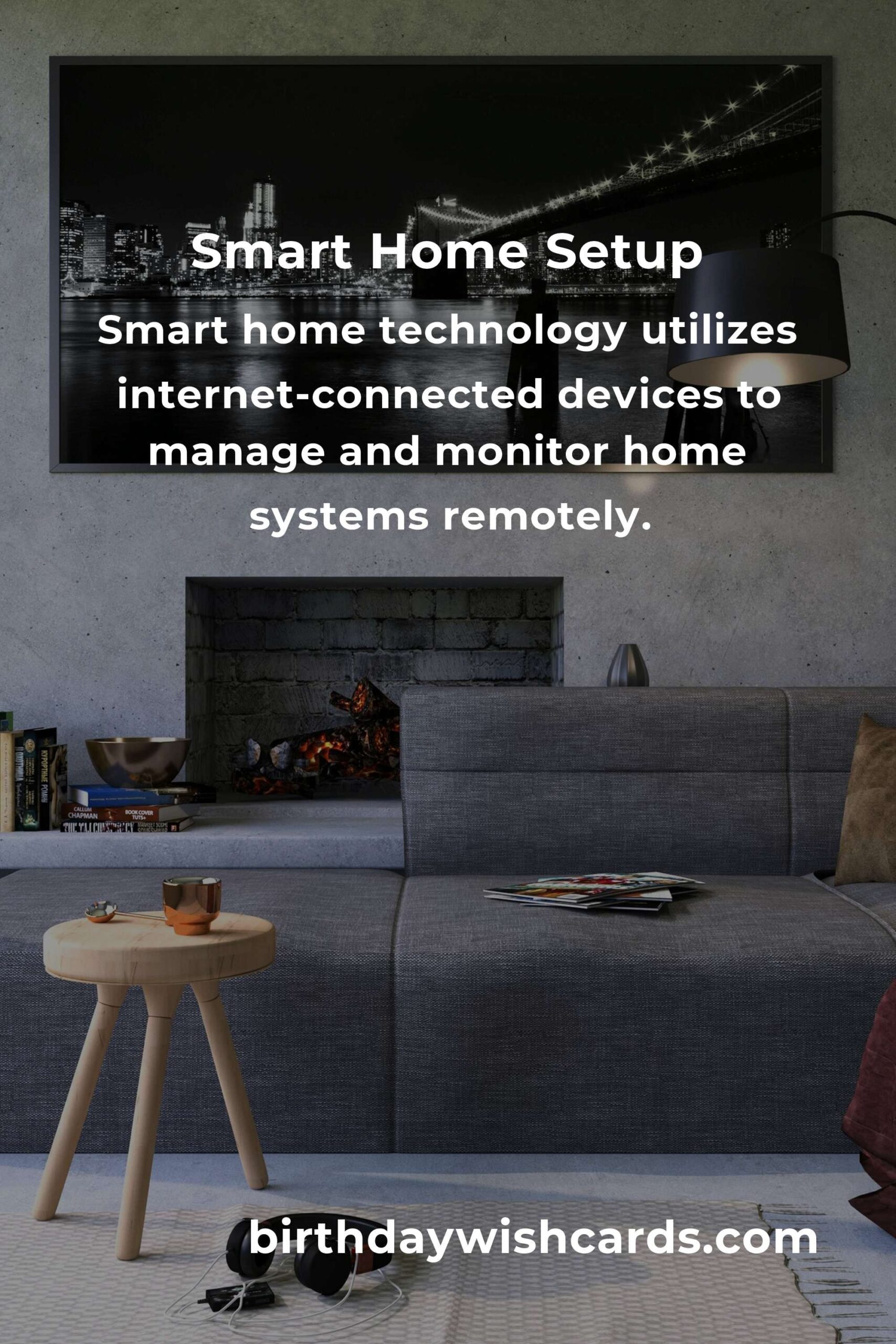
Step 1: Set Up Your Smart Hub
Place your smart hub in a central location in your home for optimal connectivity. Follow the manufacturer’s instructions to connect it to your home’s Wi-Fi network.
Step 2: Install Smart Lights
Replace your existing light bulbs with smart bulbs. Use the associated app to connect them to your hub and customize settings like brightness and schedules.
Step 3: Configure Your Smart Thermostat
Install your smart thermostat according to the manufacturer’s instructions. Program it to match your daily schedule for maximum energy savings.
Step 4: Set Up Your Smart Security System
Position cameras and sensors strategically around your home. Use the app to configure alerts and monitor your home remotely.
Step 5: Integrate Smart Speakers
Place smart speakers in rooms where you spend the most time. Link them to your hub and explore voice commands to control your devices hands-free.
Maintaining Your Smart Home
To ensure your smart home runs smoothly, regularly update device software, check for firmware updates, and review security settings. This practice helps protect against vulnerabilities and enhances system performance.
Benefits of a Smart Home
Investing in a smart home setup offers numerous benefits, including increased convenience, improved security, and energy savings. You can also enjoy the flexibility of controlling your home environment from anywhere, making it a worthwhile enhancement.
Conclusion
Setting up a smart home may seem daunting at first, but with the right guidance and tools, it can be a straightforward and rewarding process. By following this tutorial, beginners can create a smart home system that enhances their lifestyle and provides peace of mind.
Smart home technology utilizes internet-connected devices to manage and monitor home systems remotely.
Selecting the right smart home platform is crucial for device compatibility and ease of use.
Setting up a smart home involves installing a smart hub, smart lights, a smart thermostat, a smart security system, and smart speakers.
Regular updates and security checks are essential for maintaining a smart home.
Investing in a smart home setup offers increased convenience, improved security, and energy savings.
#SmartHome #HomeAutomation #Technology #BeginnersGuide #SmartDevices



